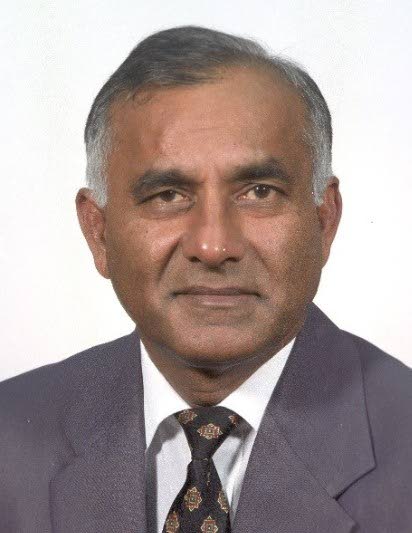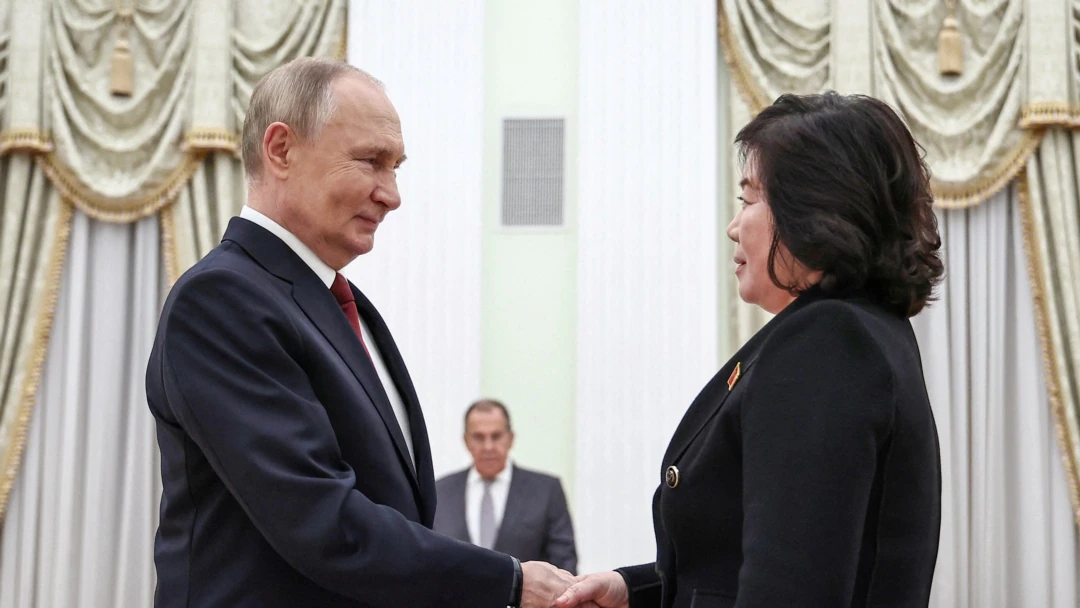Copyright newsday

TREVOR SUDAMA WE WOULD all be happy and comforted if the 2025-2026 budget pointed to a clear direction with credible calculations and reasonably achievable policies and programmes to improve the lives of all citizens in a sustainable manner. However, I am a bit sceptical. Economic reality and the lived experience of people seldom yield in the long run to euphoria, populist slogans and intensified public relations. A few illustrations will illustrate the point. The budget is based on a plethora of assumptions, some modestly realistic, others questionable and still others motivated by hope and faith. The outcomes will all have consequences for the fiscal balance and the economy. The budget seems to have skirted around solutions for the major problems affecting our socio-economic reality. The calculations for estimated revenues are overly optimistic and will not be realised. This will increase the projected deficit which will be further expanded if expenditure for wage hikes and other commitments are met. It is not clear whether the cost of the recently announced 20,000 jobs available in the various ministries has been provided for in the budget. It seems almost certain that the government will have to rely on increased debt to finance the expanded deficit. The improved performance of the economy in its various sectors and a fair distribution of its benefits constitute the ineluctable basis for the enjoyment of a higher quality of life by the general population. Much depends on providing a reliable platform for the much touted diversification of the economy to achieve sustainable growth and development. The imperative, in significant sectors of the non-energy economy, is the creation of either new goods and services at acceptable price and quality or the more efficient production of the existing ones to be more advantageously competitive. To achieve the above requires relevant entrepreneurship, investment, technology, skills, product development infrastructure and marketing strategy. Without the existence of the above capacities, there will be no effective diversification. The most important element of these pre-conditions is the capacity to either create the technology to generate new products and services through investments in research, development and innovation or to acquire, adapt and reorient existing technology. In other words, the effort revolves around the creation or access to knowledge selectively and its application efficiently. To achieve adequate levels of innovation requires the robust collaboration between the government, academia and businesses in the private sector, supported by appropriate levels of investment. This country lags in the pursuit of innovation. An IDB report eight years ago stated: “82 per cent of TT’s firms are either stagnant or declining and only 14 per cent are exporters...and only five per cent of TT’s firms have an innovation department and they spend less than the average firm in the rest of the Caribbean.” It is hardly likely that there has been any significant improvement since then. The 2025 Global Innovation Index places TT at 114th of 134 economies surveyed. In Latin America and the Caribbean, TT ranks 17th out of 21 countries. The 2025-2026 budget seeks to establish an economic resilience council. One of its many mandates is to foster innovation. By what specific measures this objective will be promoted the budget is silent. The Research and Development Impact Fund at UWI is to be provided with $10 million and a national innovation and incubator programme will be allocated $15.75 million to, among other things, “strengthen the innovation ecosystem,” whatever that means. It appears that in regard to innovation the agenda outlined in the budget is deficient, anaemic and hardly likely to produce any positive change. The agricultural sector has been identified as one of the major pillars on which the diversification effort will be built. To advance this agenda, a list of incentives has been outlined. However, for as long as I can remember, various administrations have offered a variety of incentives to stimulate agricultural production with little result. Agricultural output has declined to less than one per cent of the GDP and food imports have surpassed $6 billion annually. What difference will the incentives in the 2025-2026 budget make and to whom are they targeted? There is need to ask some critical questions about the state of agriculture, the answers to which should inform new policies and programmes for a way forward. 1. What is the level of scientific input and technological involvement in the various sectors of agriculture? 2. How much is spent nationally on research, development and innovation and how are the findings communicated to producers? 3. Why are the vast majority of graduates in agriculture from tertiary institutions not involved in agricultural entrepreneurship or in research and development activities? 4. Why are people not attracted to agricultural pursuits where the majority engaged in it do so out of necessity and not choice, with the average age being around 60 years? 5. If there is a programme to encourage youth participation, what have been the results of similar programmes pursued by the previous administrations? 6. Why have over 75 per cent of the two-acre leases granted to retrenched Caroni workers for agricultural purposes not been utilised? 7. In the supply chain from farm to market, what are the levels of incomes earned by the various groups or participants? 8. In which areas can local agricultural output be competitive and what are the impediments on the supply and demand side, both internal and external? 9. What role should agro-processing play (from small to large-scale enterprises) in the development of agricultural output and how should it be encouraged and financed?



